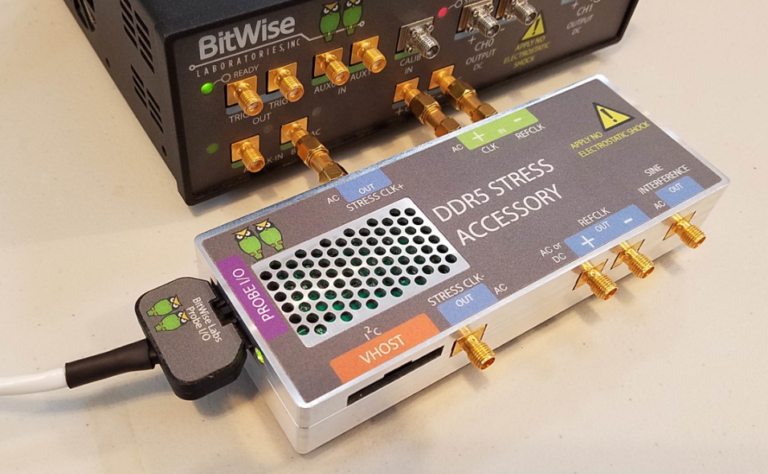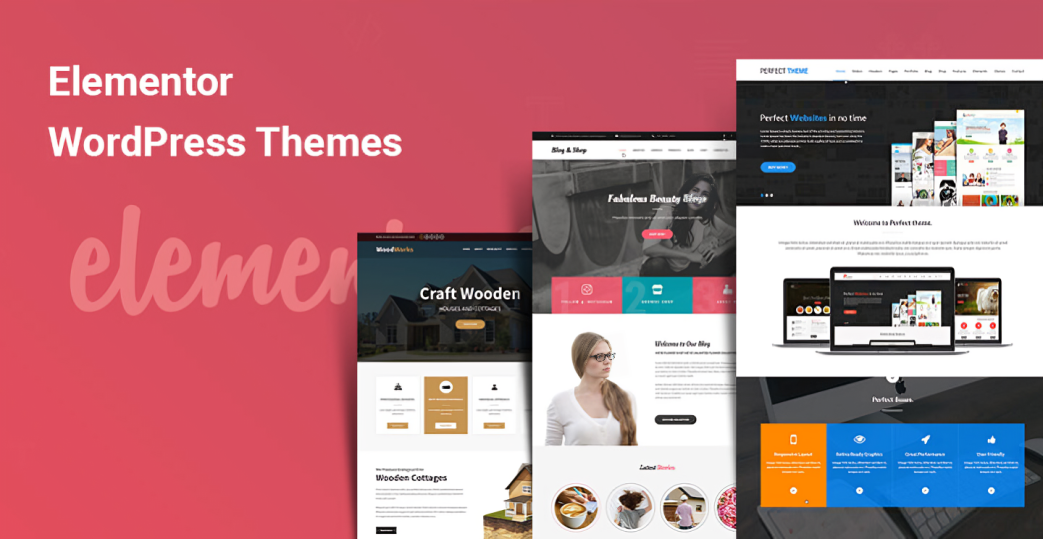The 3D environment has its origin back in the 1980s. It started with 3D printing. From then to the development of 3D animation, the market for 3D technologies has evolved a lot.
- According to Allied Market Research, the worldwide market for 3D technology was USD 171.4 billion in 2021.
- It is supposed to rise by 16.3% to reach USD 703.4 billion in 2030.
The uses of 3D technology are significant in the architecture and design industry, films and other entertainment ventures, education and medicine, and engineering and technology prototyping.
However, while 3D technology is a vast field, there are a few vital elements of it. One of them is the basis of 3D technology-3D environment. In addition, many 3D modeling companies help businesses utilize the power of 3D animations via a 3D environment.
What is the 3D environment?
The 3D environment is the elevation of computer graphics. In this, geometric data is represented in a 3D manner. Moreover, its purpose is to produce an illusion of the real world. Further, the viewer can get visual-specific sensations using the proper location set-up. In addition, you can create 3D environment models to recreate realistic objects like structures, vehicles, trees, or furniture.
Benefits of the 3D environment?
The 3D environment can offer many advantages. Some of them are as mentioned below.
- As mentioned above, it provides high-quality graphics.
- 3D environment is helpful in various genres. Therefore, it offers versatility.
- It gives a more realistic approach and designs to the entire project.
- Consequently, it increases realism.
- The environment can create greater engagement.
It’s time to learn about realism in a 3D environment!
Steps to create a realistic design in the 3D environment
There are a few assets of a 3D environment that lets the design or animation be more natural and excellent.
Brainstorm the concept.
The first and foremost thing is concept creation. It requires rigorously thinking and working on the idea. Additionally, it will help in developing the concept.
Designing is the next important step.
After concept creation, it is time to work on the sketching and design part. It will help you in deciding the outline of the project. The quality of sketching will shape the final product.
Add your assets.
There are various assets in the 3D environment. These assets can help create different scenarios in 3D animation.
The next is, Modeling and texturing.
After letting the assets, modeling, and structuring take place. Modeling is the actual sculpting of a 3D environment prototype. While in texturing, an artist attempts to simulate the material.
Here comes another essential step-3D rendering and optimization
Before actually working on this step, think about the factors that make your design or animation look more real. The more detailed the work, the more realistic the experience will be. In addition, use authentic and advanced 3D rendering techniques and tools to make reality happen!
Also, don’t forget the purpose is to construct the most substantial influence on the users.
Why is it essential to adopt a realistic approach while developing a 3D environment?
Why do you find some animated movies adorable?
Is it only the story that makes it beautiful? Definitely not!
It is the combination of story, aesthetics, visuals, audio, and every tiny and important technical and non-technical aspect that makes it worth watching again and again.
Be it for game animation services, movies, or any other project, it has to make viewers or users ‘feel real’. Therefore, you need to make it realistic. When your project is realistic, all its features are more relatable to users. The more relatable the environment, the more engagement it will generate.
Tips to bring realism to the 3D environment
Now you know the basic steps mentioned above. However, that is not enough to create an exceptionally realistic model. We have crafted some more tips that are essential and unavoidable. Therefore, go through the following information, apart from the basic steps mentioned above, to make the animation look authentic.
- Observe and study the good animations, be it from games, films, or other media.
- You can use follow-through and overlapping action to create a more realistic appearance.
- Achieve appropriate depth and work on dimensions wisely.
- Squash and stretch will help you shapes correctly. Further, it can add flexibility to the animation.
- As the name suggests, timing and spacing cover the two most essential aspects of the animation.
- Focus on crucial details of the basis or preliminary model to create a more real experience.
- Make use of an advanced 3D animation studio.
- Realistic 3D designs require precise work on details.
- Make use of maps in detail. Be concerned about every aspect of it.
- Choosing the suitable material and texture is vital! The material you choose creates an impact on the scenario. Also, make sure to select natural materials.
- Consider the right amount of light. Further, advanced tools in the engine will help you use and tweak the light appropriately.
- Don’t forget to consider post-processing effects properly. Post-processing effects can boost realism to an exceptional level.
- Think and design or develop according to the scene or environment. When you pay extra attention to the environment, you get a perfect thought about where your model will be. Thus, it will be essential to design accordingly.
- Make use of the latest and most capable engine for development.
3D environments for business growth
- According to Allied Market Research, the worldwide market for 3D animation was USD 14,087.46 million.
- By 2026, it is expected to reach USD 33,784.6 million.
3D modeling company can make graphics look more authentic. As a result, 3D animations can create more engagement. Also, it is a cost-friendly way of marketing; that’s why it is used as a platform to enhance attention and improve branding.
But, most importantly, it develops more elevated communication. Therefore, businesses adopt 3D animations to market their products.
Conclusion
Summing it up, now that you know about the elements of realistic designs or models, it is time to implement them. The more you will explore via implementation, the more you will evolve. 3D animations have immense power to communicate and engage effectively.




